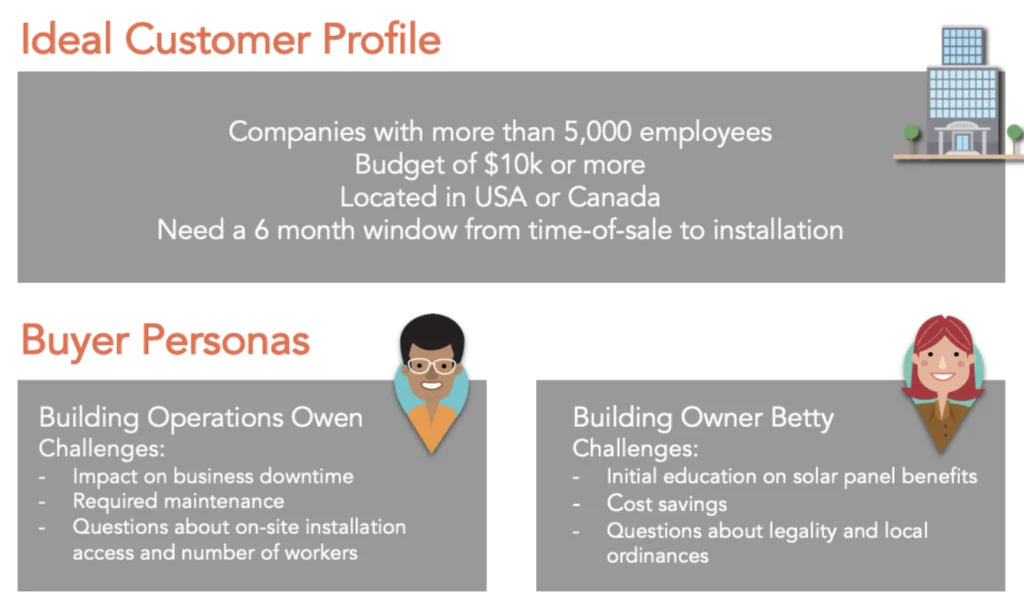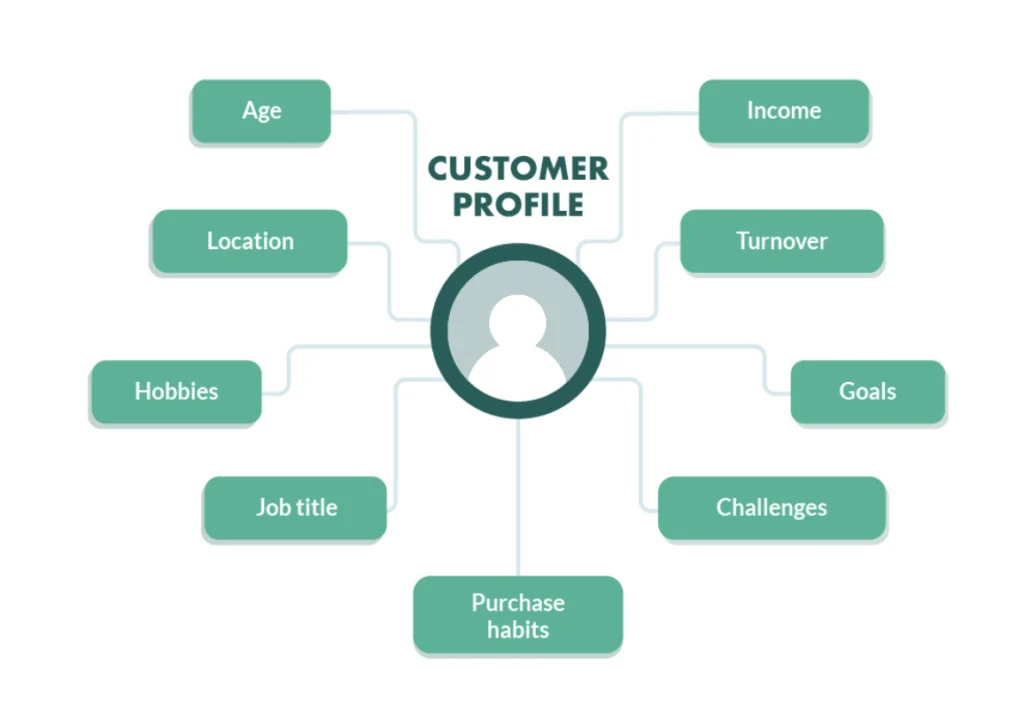How to Create and Leverage an Ideal Customer Profile
Your marketing team spends hours trying to convert leads. So, you feel discouraged when very few leads purchase your product. However, you can make your marketing team’s job easier and increase your conversion rate by targeting the right customers. An ideal customer profile defines who you’re trying to reach before you invest a single cent into marketing. Using an ideal customer profile ensures you maximize your return and see the best results.
Learn how to build and use an ideal customer profile in your marketing strategy.
Key Takeaways:
- An ideal customer profile outlines who you’re trying to reach.
- Use your ideal customer profile to target quality buyers and qualify your leads.
- Unify your data for a comprehensive and accurate customer profile.
Why Do I Need an Ideal Customer Profile?
An ideal customer profile (ICP) is an audience description. You’re outlining firmographic and demographic information for a fictional buyer representing your target audience.
Your ICP should include the following information:
- Industry
- Employee count
- Budget
- Location
- Primary decision-makers
B2C companies would focus on demographic information rather than firmographic information, like age, hobbies, job title, and income.
Ideal Customer Profile vs. Buyer Persona
Isn’t an ideal customer profile the same as a buyer persona?
While they share similar characteristics and data points, their purpose differs. An ideal customer profile focuses on WHO you’re selling to, while a buyer persona reveals HOW to sell.
For example, an ideal customer profile looks at demographic and firmographic information so you understand the audience and can target your marketing. Conversely, buyer personas focus on emotions, challenges, and needs to direct how you reach and convert that audience.
In B2B sales, ideal customer profiles usually describe the business you want to target, while the buyer persona describes the primary decision maker’s needs and motivators.

Image Source: HubSpot
How to Use an Ideal Customer Profile in Marketing
An ideal customer profile is a crucial part of marketing, according to 99% of marketers. Here are three ways to use your ICP in marketing.
Generate Quality Leads
Your ideal customer profile tells your marketing team what type of customer you want to attract. Generating quality leads saves your business time and money because you’re investing in buyers with a high potential of purchasing.
For instance, use your ideal customer profile to know who to email marketing content or what information to request in contact forms to help you identify quality leads.
Qualify Leads
Once you’ve captured leads, use your ideal customer profile to qualify the potential customers. Customers that match your ICP are most likely to become loyal customers.
For example, a business might target audiences in an income bracket that can afford their products. In addition, they’ll also target buyers with specific needs. Knowing these details about their customer helps you filter out low-quality leads and focus on those that match those traits.
Personalize Your Marketing
Personalized marketing strategies, like account-based marketing, rely on ideal customer profiles. Your ideal customer profile helps you identify target high-value accounts.
For instance, run profile criteria like company size and revenue through account-based marketing programs to find businesses that match your profile. Then, use the profile to personalize your communications with these target accounts.
How Do You Create an Ideal Customer Profile?
Follow these five steps to creating an ideal customer profile to help your business generate and qualify leads.
1. Unify Your Customer Data
Unified data creates a single source of truth. Your marketing and sales teams receive real-time data updates by storing all customer data in a CRM. That way, they’re always working with the most accurate customer information.
Through unified data, you’ll be able to create more comprehensive customer profiles since you’ll fully understand your buyers. For example, you can use details about your buyers in the sales stage and data you collect during nurturing.
2. Analyze Current Customers
Who is your ideal customer?
First, look at current customers. Current buyers show who is already attracted to your brand and benefits from your products.
Your current customers provide you with first-party data. According to 86% of marketers, first-party data is crucial to digital marketing.
To build your ideal customer profiles, look for similarities between your current customers. For example, look for similar industries, company sizes, and locations. Firmographic and demographic similarities will be the main characteristics of your ideal customer.
3. Research Your Audience
Your current customers only tell you who you already attract, not who you could attract. That’s why marketers should not stop at their customer data. Instead, research your industry and potential buyers you aren’t reaching yet.
Building customer profiles based on potential buyers help you expand your marketing and reach new audiences you haven’t tapped into yet. You’ll also have a foundation to build off because you’ll understand these new audiences better. Then, you can adjust your marketing to that audience.
Send surveys or research similar businesses to understand the market and your potential audience.
4. Summarize Key Data Points
Once you have data from current and potential customers, you can summarize the data into profiles. These are sharable files that your marketing and sales team use in their strategies.
Identify ideal customer profile data by finding similarities in your customer research.
There are several ways to organize the data. Some marketing platforms can create profiles for you. However, you can also manually write up crucial data points in digital documents or spreadsheets. If you work with a marketing agency like Televerde, we will analyze your customer data and create profiles for you.

Image Source: SuperOffice
5. Create Several Profiles
Your business will have several customer profiles. So, you don’t need to worry about fitting all your customer data into just one profile. Instead, separate your customers based on differentiating factors.For example, you can segment your customers by location or by industry. By creating unique profiles for each segment, you’ll be able to personalize your marketing further by these defining characteristics.
Fill out Your Customer Profiles
Televerde helps businesses create comprehensive and accurate ideal customer profiles. Our audience and market insights provide the data you need to understand your buyers fully. In addition, we can help you collect, analyze, and summarize customer data so you can reach and qualify more leads for increased conversions.
Contact us to learn more about our market analysis solutions.


